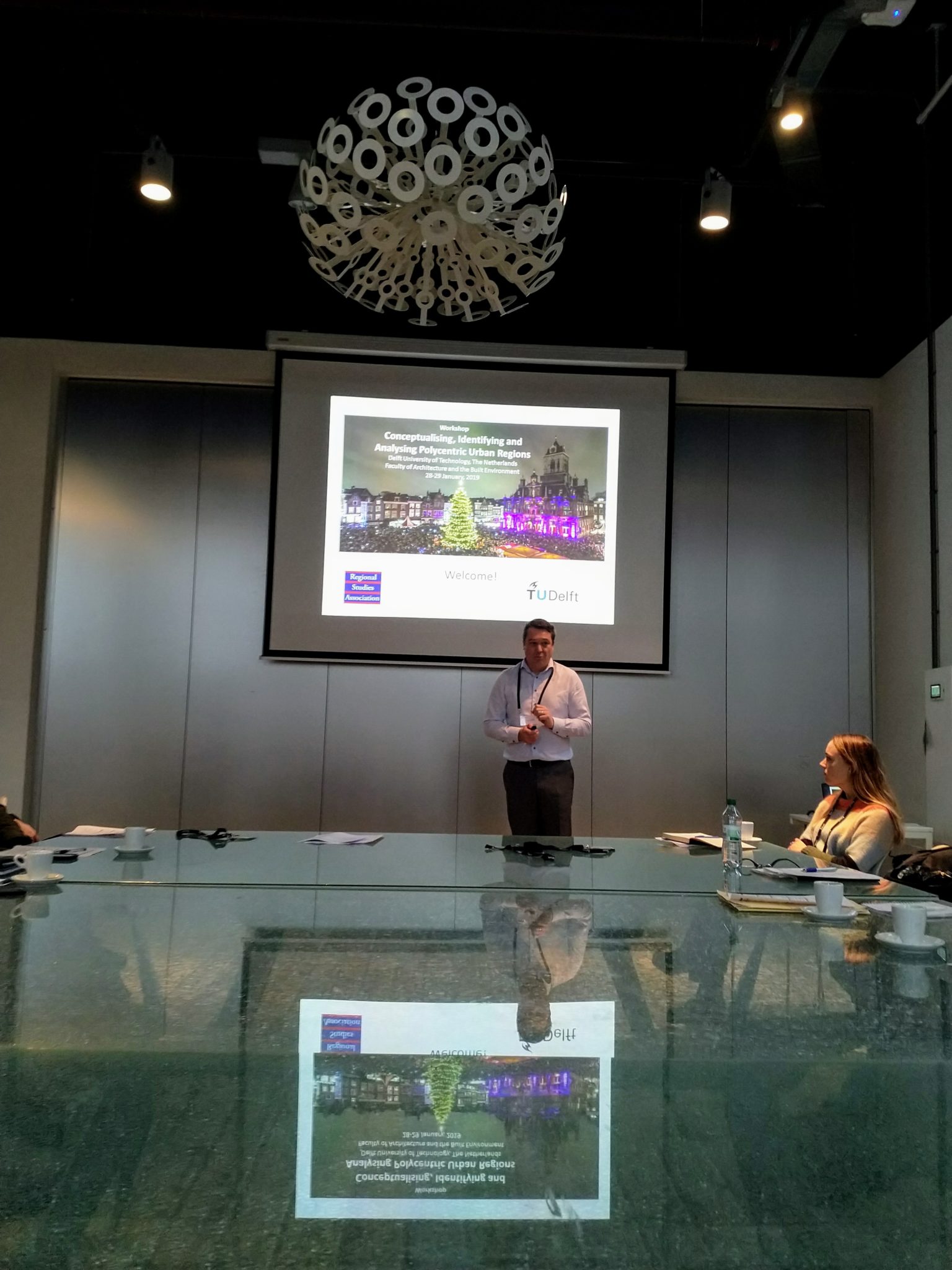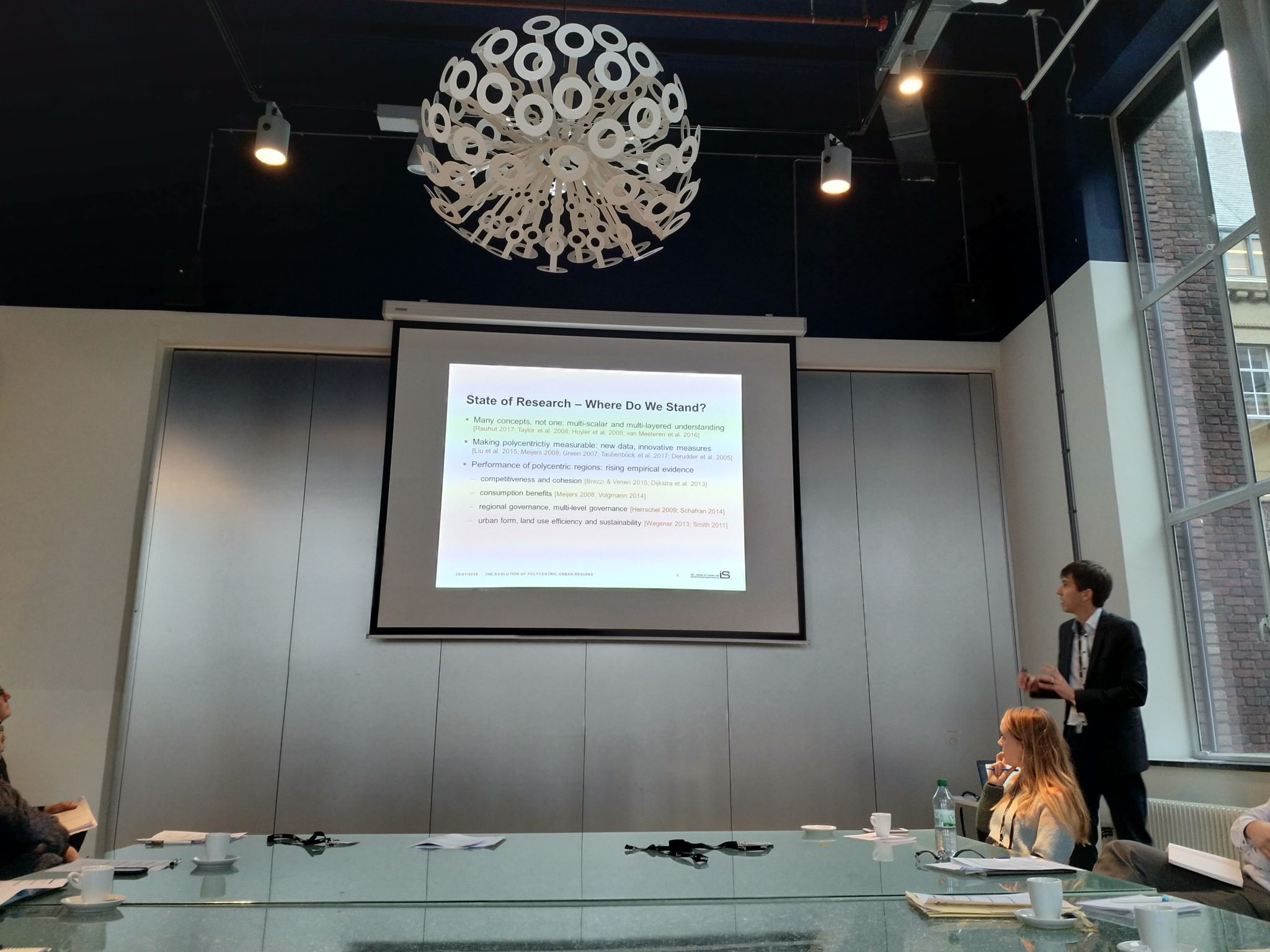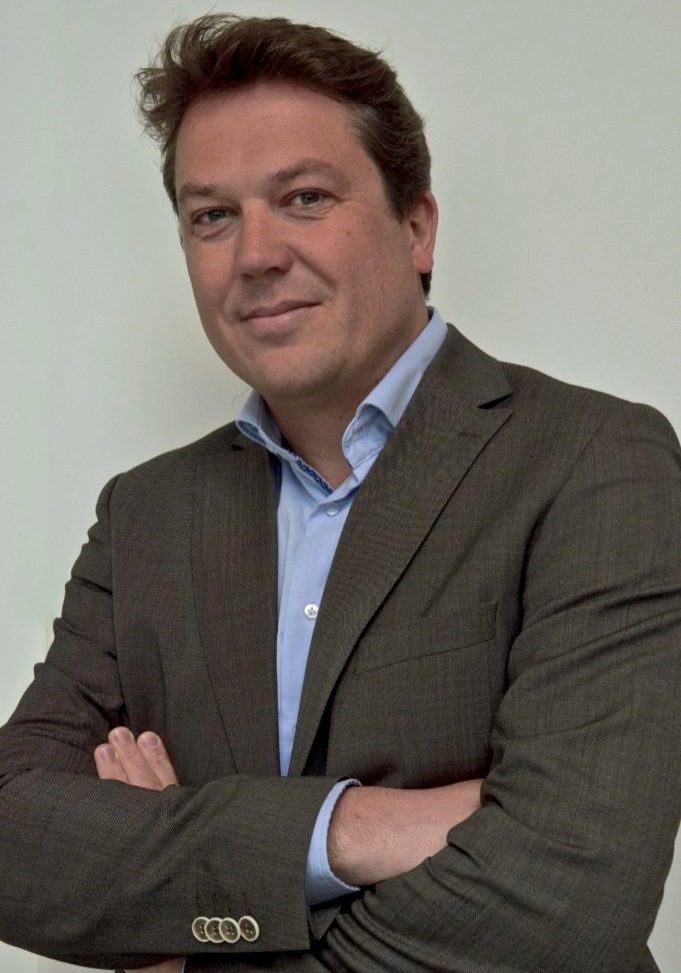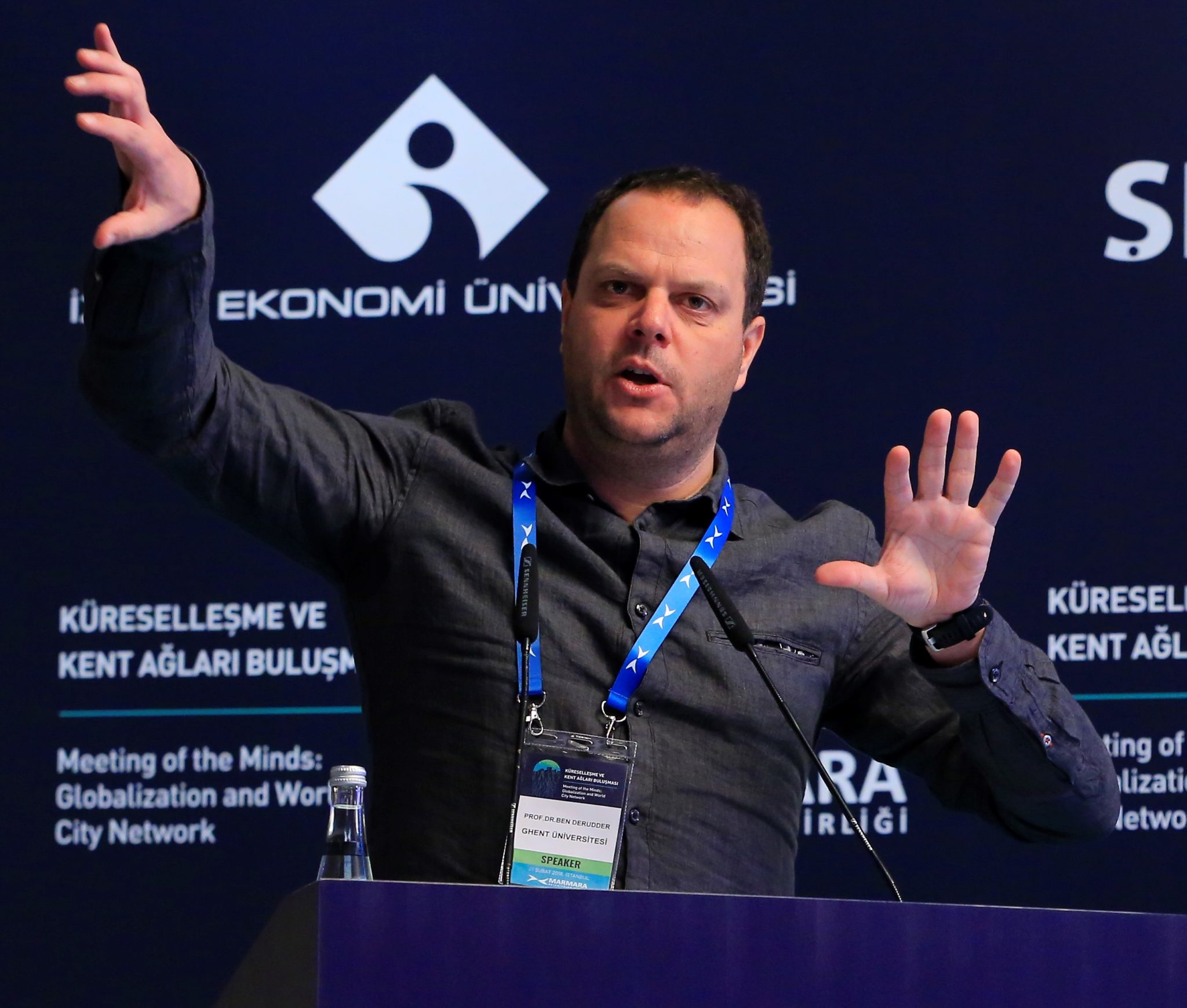Event Report of the RSA Research Network on Polycentric Urban Regions

By Evert Meijers and Ben Derudder (in collaboration with the other research network organizers, i.e. Xingjian Liu, John Harrison and Michael Hoyler)
‘Polycentric urban regions’ (PURs) have become a key concept in regional studies, both as an analytical framework to capture empirical realities as well as part of normative visions and goals in regional development policies. In its most basic guise, the PUR notion applies to regions characterised by the presence of multiple, more-or-less proximate urban centres without pronounced hierarchical differentiation. The starting point of the research network is the proposition that although the rapid growth in the size and scope of PUR research and policy-making has clearly invigorated this research field, it is in practice built on surprisingly limited comprehensive evidence and hampered by the lack of coherence. Indeed, the quasi-universal identification of PURs and their putative relevance hides the presence of significant analytical and empirical differences across the literature.
Different methods, data, analytical frameworks, and interpretations are used as the basis for an increasingly prevalent and diverse literature, which thus risks missing direction and face diminishing returns on research time investment. In addition, the ambiguity surrounding PURs in planning circles has been instrumental in perpetuating this lack of clarity: as every actor involved in a political or planning process can attribute its own interpretation to it, it becomes easier to (seemingly) establish consensus. Although such instrumentalism might be practical in the politically charged situations associated with regional planning, this situation is detrimental for scientific communication and progress and subsequent use in policy circles.
The lack of a comprehensive framework to discuss the identification, theorisation and analysis of PURs has led to a regional studies literature that is wide-ranging and blossoming, but also sometimes assumption-rich, disjointed and lacking analytical depth. This lack of clarity and coherence in the sizable scientific and policy interest in PURs warrants the development of a more concerted regional studies research agenda, and the overall aim of this research network is to facilitate this agenda in order to expand our understanding of the prevalence, significance, future development and policy implications of PURs. The research network strives to become the chief organisational framework for cutting-edge multidisciplinary PUR research by bringing together the major research groups and the key themes/approaches and the analytical interconnections they represent.
Against this backdrop, the proposed RSA research network on PURs has four more concrete objectives. First, the network will bring together established researchers of PURs to critically evaluate the state of the field, and to articulate an agenda for the next wave of PUR studies. Essential to this goal will be the network’s role in the formation of new collaborative research teams designed to jump-start this new research agenda. Second, as PURs have often been viewed through the lens of normative local and regional development policies, the network will develop perspectives on critically evaluating, exchanging and comparing policy impacts. Third, as PUR research has been one of the vanguards in developing new data and methods for analysing city-regional processes, the network will offer an opportunity for the exchange and sharing of new approaches and best practices in regional studies in general and PUR research in particular. And fourth and finally, the research network will develop a purposeful strategy to serve as a conduit for international collaboration linking senior researchers with early-career scholars working in this field.
The event ‘Conceptualising, Identifying and Analysing Polycentric Urban Regions’
The aim of the event titled ‘Conceptualising, Identifying and Analysing Polycentric Urban Regions’ that took place in Delft, the Netherlands, between 28 and 29 January 2019 was setting the scene for the research network (and its events) at large by analytically specifying the observation that the relevance of PUR research is premised on the concept capturing an unfolding empirical reality. After a series of special sessions during the RSA conference in Lugano in 2018, this was the first specific event in the context of the research network.

Indeed, it has been argued that PURs can be identified well beyond the intuitive examples such as the Randstad and the Rhein-Ruhr Area. For example, it has become an empirical reality throughout Europe, with 25% of the European population living in PURs. Similar observations have been made for other world regions, including the USA where 22 out of 175 US metropolitan regions can be considered to be polycentric. Research on urban and regional development in China has suggested that these can be fruitfully captured through the PUR notion as well. For example, large-scale regions such as the Yangtze and Pearl River Deltas are increasingly scrutinised through the PUR lens, as these megaregions are characterised by extensive series of more or less proximately located, significant cities. To understand this emerging reality better, to develop a more coherent theoretical framework on PURs and to offer an opportunity for the exchange and sharing of new conceptual approaches, methods and best practices in analytical studies of PURs, the event therefore solicited contributions focusing on:
- Conceptually defining PURs
- Driving forces behind PUR-formation
- Identification and delimitation of PURs around the world
- The spatial organisation of PURs: functional relationships, hierarchies and complementarities
- Network analysis to explore regional networks of cities
- Linking polycentricity to economic competitiveness, environmental sustainability and social well-being
- ‘Borrowed size’ and ‘agglomeration shadows’ in PURs
- ‘Big data’ and new methods and analytical tools to understand PURs
- Case study research on PURs versus comparative research: specifics versus general mechanisms
Six thematic sessions
- Identifying PURs
- Knowledge workers and Knowledge-Intensive businesses in PURs
- Center identification in PURs
- Complementarities and interactions in PURs
- Polycentricity & performance in PURs
- Spatial interdependencies in PURs
Each of these sessions lasted approximately two hours and had 3 or 4 presentations, with slightly longer slots allocated to invited keynote speakers.

The choice for the six thematic sessions was based on different papers having a broadly coherent outlook on theory and methodology/data:
- Identifying PURs focused on the different measures adopted to identify polycentricity
- Knowledge workers and knowledge-Intensive businesses in PURs focused on the mobility of knowledge workers with cities and regions, and how these shape/are shaped the spatial structure of cities and regions
- Center identification in PURs focused on a long-standing issue in this literature, i.e. what counts (or doesn’t) as a centre when identifying polycentricity
- Complementarities and interactions in PURs, a framework that is at the the basis of one of the two main approaches to understanding polycentricity (functional polycentricity)
- Polycentricity & performance in PURs, which reflected on the burgeoning literature that links polycentricity to (mostly: economic) performance at various scales
- Spatial interdependencies in PURs, which reflected on how different centres influence each other in terms of size, functions, and performance

Evert Meijers is an associate professor of urban studies/geography/planning at TU Delft. His research focuses on urban and regional development from a multidisciplinary perspective, combining insights from economic and urban geography, urban planning, environmental studies, regional science, cultural geography and policy sciences.

Ben Derudder is a professor of urban geography at Ghent University and a visiting professor at Shanghai Normal University. His research focuses on urban systems at the global (world city networks) and regional (polycentric urban regions) scale. He is one of the Editors of Regional Studies.
